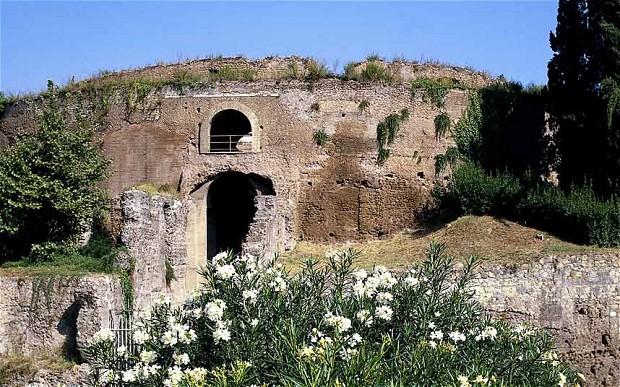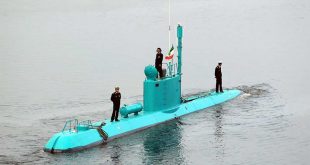A training barracks used by Roman gladiators and the 2,000-year-old mausoleum of the Emperor Augustus could be restored with money from the Saudi royal family, in the latest effort by Italy to secure funding for its crumbling cultural heritage.
In a deal brokered by Ignazio Marino, the mayor of Rome, the Saudi royals are to provide millions of euros to pay for the restoration of some of the capital’s neglected monuments.
The government in Riyadh has been presented with a dossier of nine historic sites to choose from, with greatest interest said to be in the Emperor Augustus’s mausoleum, a giant, circular structure near the Tiber River that has been virtually abandoned for decades.
Rome had hoped to have the huge brick monument restored and opened to the public this year to coincide with the 2000th anniversary of the emperor’s death.
At least €4 million (£3.3m) is needed for the job: half has been pledged by Italy’s ministry of cultural heritage and now there are hopes that the Saudis will chip in the rest.
Other sites in desperate need of attention include the remains of the Ludus Magnus, a gladiatorial training school in ancient Rome that was connected to the Colosseum by an underground passageway.
Gladiators would walk through the torch-lit tunnel and emerge on the sand-covered floor of the amphitheatre, an experience portrayed in Ridley Scott’s epic film Gladiator, starring Russell Crowe.
Under the deal negotiated with Sultan bin Salman Al Saud, a Saudi prince and the country’s tourism minister, Rome is also seeking €6 million to restore to their former glory the Seven Halls, an ancient Roman cistern that once supplied a bath complex built under the Emperor Trajan.
In return for Saudi largesse, the mayor has agreed to loan to Riyadh priceless art works from Rome’s Capitoline Museums.
“We have many works and we are not able to put them all on display because there is not enough space,” Mr Marino said.
The Saudis are reported to be particularly keen to borrow The Dying Gaul, a marble sculpture of a naked Celtic warrior slumped on his fallen shield with a sword wound to his chest.
Described as one of antiquity’s most renowned works, it is an ancient Roman copy of a Greek work from the third century BC and was viewed by 750,000 people when it recently went on display for three months at the National Gallery of Washington.
With sites like Pompeii deteriorating alarmingly as walls and even entire villas collapse, and with a public debt of €2 trillion, Italy is looking to private companies and foreign benefactors to come to the rescue of its cultural heritage.
Last week the fashion company Bulgari announced that it would provide €1.5 million to pay for the sprucing up of the Spanish Steps in Rome, the shoe makers Tod’s is paying for the cleaning of the Colosseum and Fendi has agreed to fund repairs to the Trevi Fountain.
Source: The Telegraph
 WILAYAH NEWS VOICE OF THE GLOBAL AWAKENING
WILAYAH NEWS VOICE OF THE GLOBAL AWAKENING





I see a lot of interesting articles on your blog.
You have to spend a lot of time writing, i know how to save you a lot of time, there is a tool that creates unique, SEO friendly posts in couple of seconds, just search in google –
k2 unlimited content